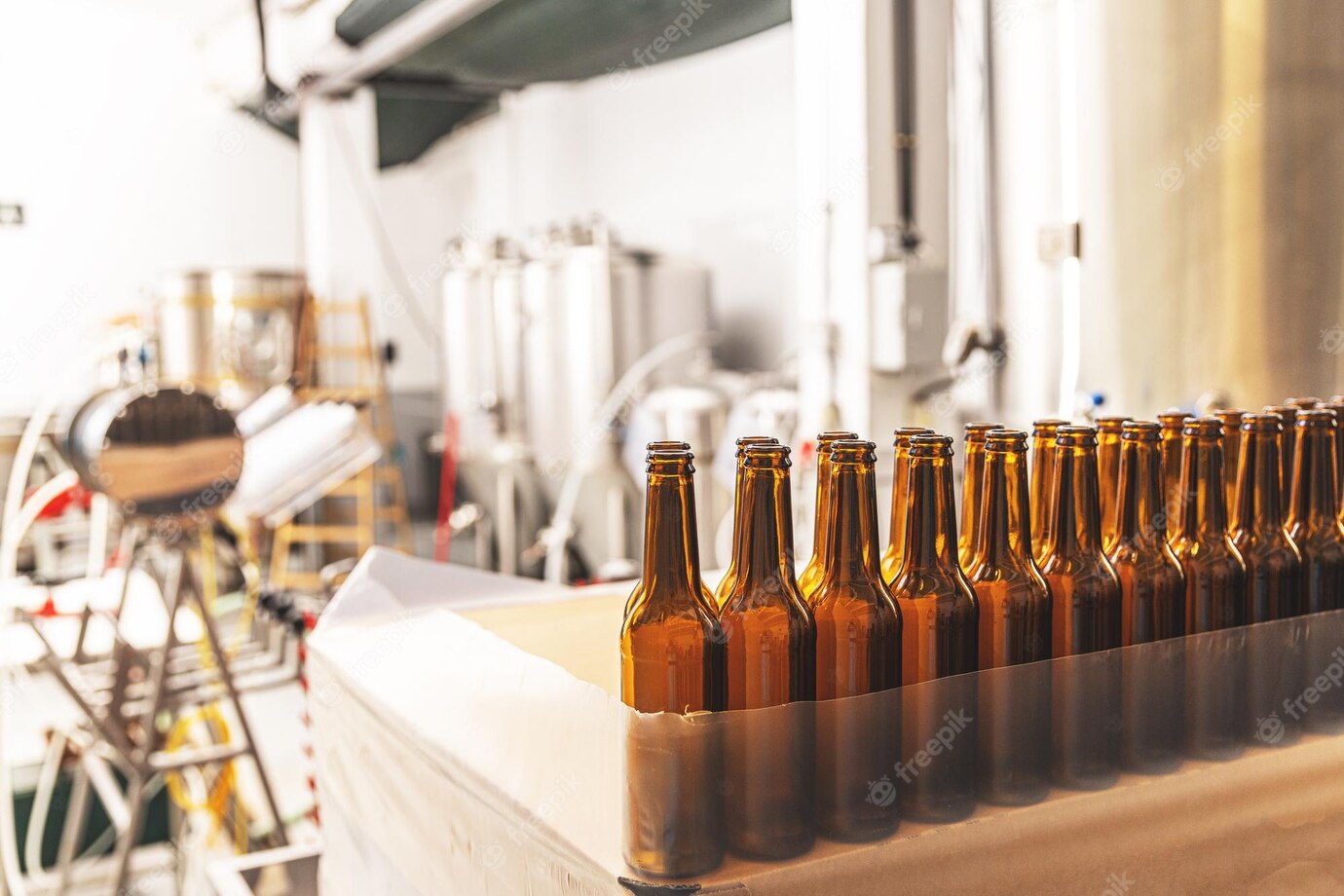Unlock the Secrets of Fermentation: What to Expect When You Try!
Fermentation is a traditional process used to create and preserve food. It has been around for centuries, but is seeing a resurgence in recent years. It can be intimidating to try at home, so this article will provide an overview of what to expect when you take the plunge into fermentation. We’ll cover the basics of how it works, what materials you’ll need, how to get started, and potential benefits and challenges. Get ready to become an expert in fermentation and find out what to expect when you incorporate it into your kitchen!
Fermentation: What to Expect
Fermentation is a process used to produce a variety of food and beverages, and can also be used to make materials such as biofuels, plastics, and other materials. It is a biochemical process where the sugars in food or drink are converted into alcohol, carbon dioxide, and other by-products, and is often used to change the flavor and add complexity to food and beverage products. While it is known to be a process used to make food and beverages, fermentation can be a bit intimidating for someone taking it on for the first time.
Fermentation can be an especially complex process because it involves the use of specific ingredients, chemicals, and conditions to achieve desired results. It is important that novice fermenters understand the process and the potential outcomes before they begin. In this guide, we will go over what to expect when fermenting so that you can have a successful experience with consistent, delicious results.
Ingredients for Fermentation
The first step for a successful fermentation experience is to use the right ingredients. This can range from the main ingredient, such as various types of grains, fruits, or vegetables, to additional ingredients such as yeast, additives, and other supporting ingredients. It is important to select ingredients with the correct specifications to ensure an optimal result. For example, if fermenting beer, the grains used in the mash should be specifically for use in beer, as using a different type of grain can produce undesirable results.
The actual ingredients used during fermentation vary by type of product and generally depend on the desired flavor and results. For wine or beer making, the primary fermentables are sugar and yeast, but many other ingredients are used to achieve the desired results. Using a specific strain of yeast and the right amount of sugar is important to achieve desired levels of sweetness, alcohol content, and other characteristics of the finished product.
In addition to traditional fermentation ingredients, many novices are turning to cultured beverages and other fermented products such as tempeh that involve complex combinations of cultures, seasonings, probiotics, and specific ingredients. These specialized ferments require specific ingredients to achieve the desired result and may involve longer fermentation processes.
Equipment and Tools for Fermentation
To make the process of fermentation easier and more successful, novice fermenters should know the types of equipment and tools needed to produce quality results. Different types of fermentation will require different types of equipment and tools. Many novice fermenters invest in basic fermentation supplies such as fermentation vessels, airlocks, glass jars, racking tubes, and hydrometers to make the process easier and produce higher quality results.
Fermenters should also consider the type of environment needed for successful fermentation. Depending on the type of fermentation, temperatures and humidity levels may need to be controlled. Additionally, fermenters should consider if they will need to filter their fermented product, as well as the use of chemicals to adjust acidity, pH, nitrogen levels, and other factors.
Timing and Phases of Fermentation
Fermentation consists of several phases that should be carefully monitored by the fermenter to ensure the best results. The phases typically involve introduction of the ingredients, cooling of the wort or mash, transfer to a secondary fermenter, bottling, and aging.
Each of these phases requires specific timing to ensure desired results. Introducing the ingredients too soon or too late can significantly affect the flavor, alcohol content, carbonation levels, and other characteristics of the finished product. Additionally, cooling the wort too soon can produce undesired results, and waiting too long to move to the secondary fermentation can lead to oxidation and other negative outcomes.
Finally, bottling too early can lead to off-flavors, while waiting too long can reduce carbonation levels. Novice fermenters should pay close attention to the timing and process of fermentation to achieve desired results.
Monitoring Fermentation and Adjustments
In addition to specific timing, fermenters should also be aware of the process of fermentation and make adjustments where needed to achieve desired results. Common adjustments include adding additional ingredients to achieve desired flavors, as well as controlling temperatures, acidity levels, and carbonation levels. Additionally, fermenters should carefully monitor the fermentation process to watch for any signs of contamination and make adjustments if needed.
By understanding what to expect when fermenting, and using the right ingredients, equipment, and process, novice fermenters will be able to produce consistent and delicious results.

